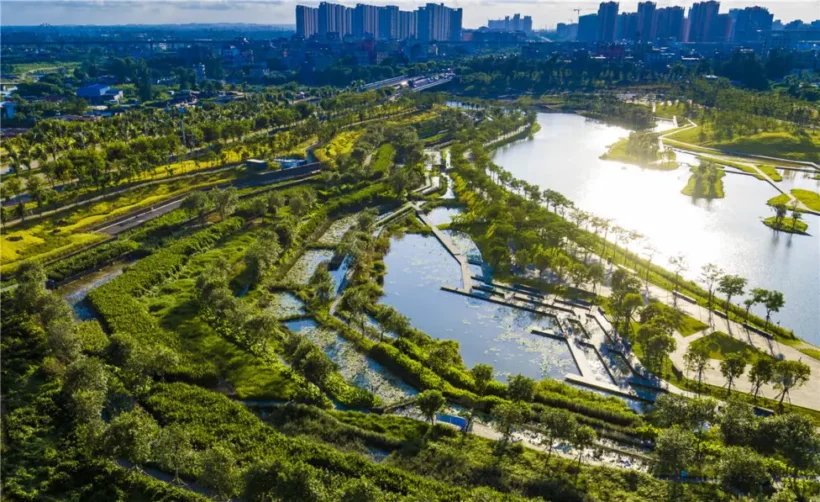Recent initiatives in Argentina, China and the United Kingdom show that campaigns to preserve the world’s wetlands are gaining momentum, the United Nations Environment Programme (UNEP) said on the occasion of World Wetlands Day on Feb. 2.
In December 2022, lawmakers in Argentina’s southernmost province of Tierra del Fuego passed a law to permanently protect the rugged Mitre Peninsula, 300 000 hectares of land, with 200 000 hectares of marine areas added as a protected area.
This remote corner is home to kelp forests and one of the largest peatland complexes in South America, two ecosystems that, combined, make up Argentina’s largest carbon sink.
“The success in Argentina is a bit of good news for peatlands, which make up about half of the world’s inland vegetated wetlands,” the UNEP report said.
Wetlands, such as swamps and bogs, cover only six percent of the Earth’s land surface, but they are home to 40 percent of all plant and animal species, and coastal wetlands sequester carbon up to 55 times faster than tropical rainforests.
But they are one of the most threatened habitats on Earth: some 85% of the wetlands present in 1700 had been lost by 2000, mainly through drainage for agriculture or infrastructure, and many are also polluted or generally degraded.
In China, projects are underway to use wetland areas alongside cities as “sponge cities” that adapt to water rather than fight it, with designs that collect water in rainy weather to overcome flooding, and then use the resource in summer.
Schemes are progressing in some 30 Chinese cities, including the major city of Chengdu, home to 10 million people, in the south-central part of the country.
In the UK, the Great North Bog project is being developed to restore up to 90 % of the peat bogs in the northern uplands of England, some 7000 square kilometres, over 20 years, with an investment of more than $246 million.
Much of these blanket bogs (with peat, a plant-based material) had been drained for sheep grazing and grouse farming for hunting.
UNEP also highlighted that in November 2022 the Ramsar Convention on Wetlands underlined the crucial role of these spaces in achieving the Sustainable Development Goals (SDGs), the UN’s plan for a better future for humanity.
The following month, the UN Biodiversity Conference, in reaching a new agreement to protect nature, included a provision to restore at least 30% of degraded inland water bodies and conserve healthy freshwater ecosystems in an equitable manner.
The threat to wetlands persists, after about 35% of these areas were lost between 1970 and 2015.
Depending on the amount of sea level rise caused by the climate crisis, between 20-90% of current coastal wetlands may be lost by the end of the century.
Leticia Carvalho, head of UNEP’s Freshwater and Marine Branch, said: “We must stop policies and subsidies that incentivise deforestation and degradation of wetlands from source to sea, and promote their urgent restoration.
“At the same time, we must guide and leverage investments to protect priority ecosystems, such as peatlands, and encourage the private sector to engage with deforestation and peatland drainage-free supply chains,” he added.
A-E/HM






